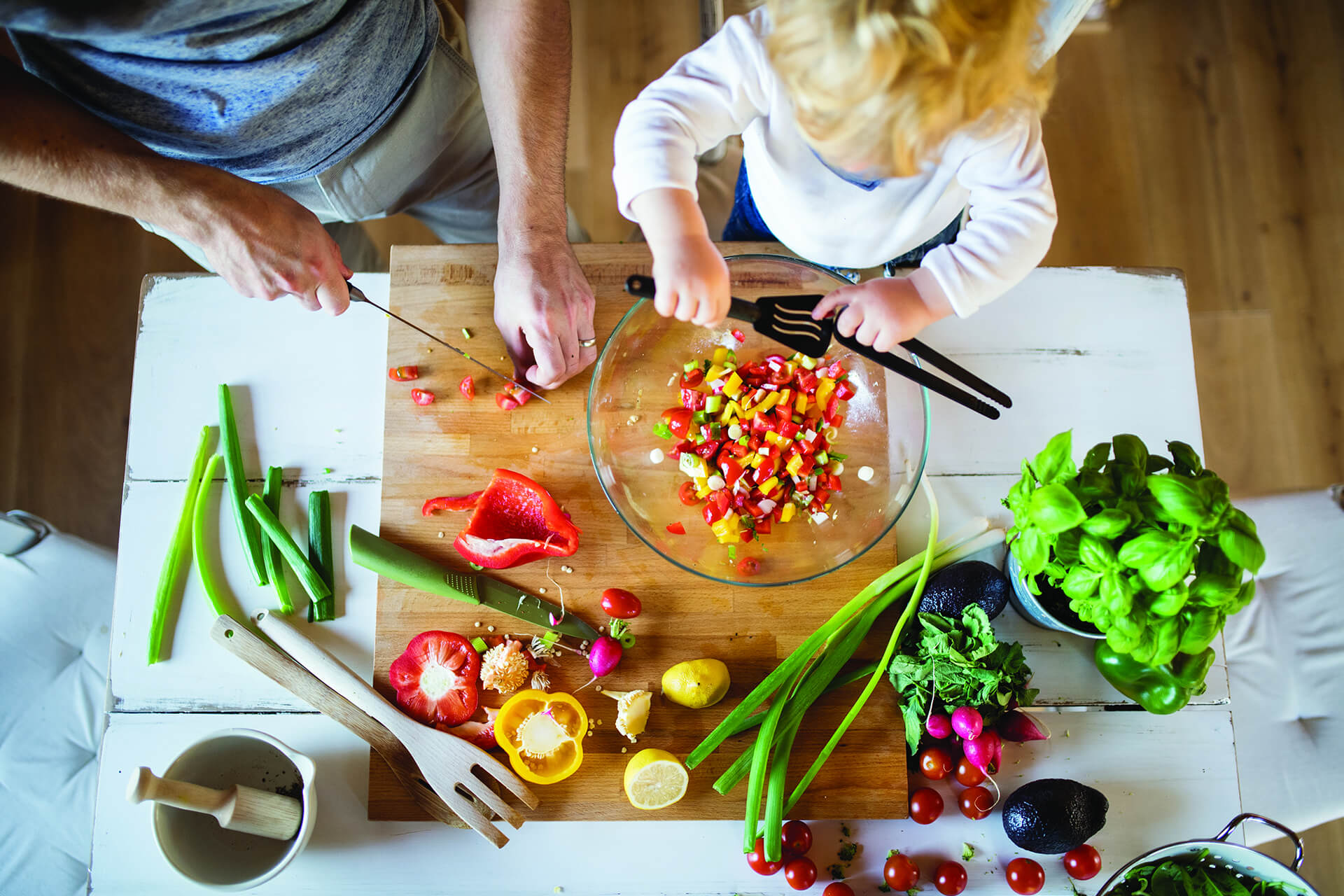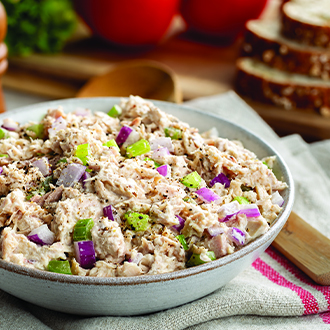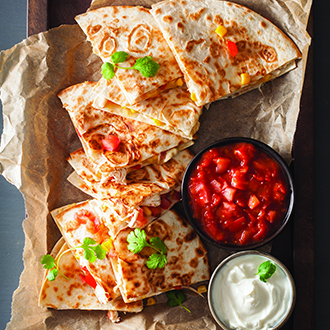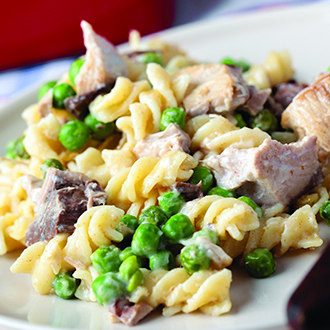


Plan ahead. This step is vital because you need to have enough food on hand to make at least two meals out of what you cook. Start by writing out some meals your family likes. A balanced meal has a protein food, a vegetable or two, and a starchy food like potatoes, corn, peas, brown rice, pasta, bread or tortillas. If you want to try something new, check online for meal-prep ideas.
Protein foods are a big step in planning as they take longer to cook. These are especially good
cook-ahead proteins:

You can eat it as prepared the first night, with quick to make side dishes like microwave potatoes and a cabbage or cucumber salad. Here are ideas for another night (or lunch to go).

First serve with sweet potatoes and green beans (or other veggies), cooked in the microwave or stovetop.


Stock up on tuna or salmon when it’s on sale and you can make lots of dishes! You can also use any cooked leftover fish to make the following recipes.
Side-Lying Hold
This hold is useful when:
Cross-Cradle Hold
This hold is useful when:
Clutch or “Football” Hold
This hold is useful when:
Cradle Hold
This hold is useful when:
Laid-Back Hold
This hold is useful when: